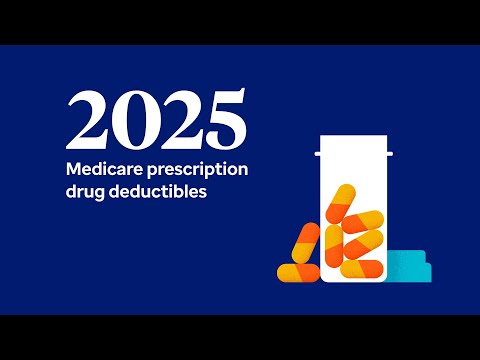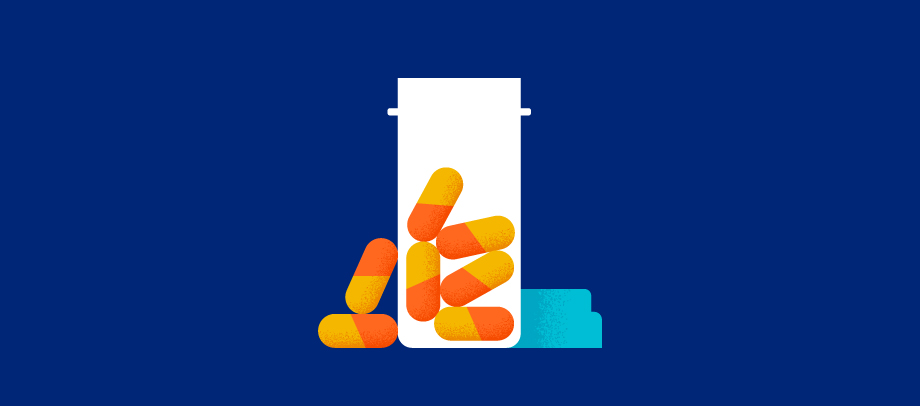Inflation Reduction Act and Medicare Part D changes
What's different for prescription drug plans in 2025
With 45 years of experience you can count on, we understand that Medicare coverage is personal and changes to your coverage can affect your life. That's why UnitedHealthcare wants you to be aware of industry-wide changes to Medicare Part D prescription drug coverage in 2025 resulting from the Inflation Reduction Act. These changes aim to lower prescription costs for many members with Part D coverage, regardless of insurer. Even as regulations impact the entire Medicare industry next year, UnitedHealthcare is committed to delivering a plan that fits your needs.
Elimination of the Coverage Gap or Medicare Part D “donut hole”
In 2025, there are only three Part D prescription drug coverage stages: Deductible (depending on your plan), Initial Coverage and Catastrophic Coverage.
Lower maximum out-of-pocket drug costs
In 2024, Medicare members were required to hit an $8,000 out-of-pocket maximum on prescription drug expenses before entering the Catastrophic Coverage stage. In 2025, this out-of-pocket maximum is now $2,000.
Important 2025 changes explained

Find the right Medicare plan for all your plans
Here's what you need to know
Additional resources and materials
Explore articles and FAQs for more in-depth information about Medicare Part D coverage, so you can make confident decisions about your health insurance coverage.
Inflation Reduction Act FAQs
Answers to frequently asked questions regarding industry-wide changes to Medicare Part D prescription drug coverage resulting from the Inflation Reduction Act.
How does the Inflation Reduction Act affect Medicare?
The Inflation Reduction Act (IRA) is a federal law that makes improvements to the Medicare program. Among other things, the IRA will expand Medicare benefits and help reduce Medicare members’ out-of-pocket costs for prescription drugs.
What to know about Medicare Part D deductibles
Learn about Medicare Part D deductibles and how the Inflation Reduction Act (IRA) is simplifying drug coverage stages and lowering the out of pocket maximum for Medicare Part D members in 2025.
Read more




